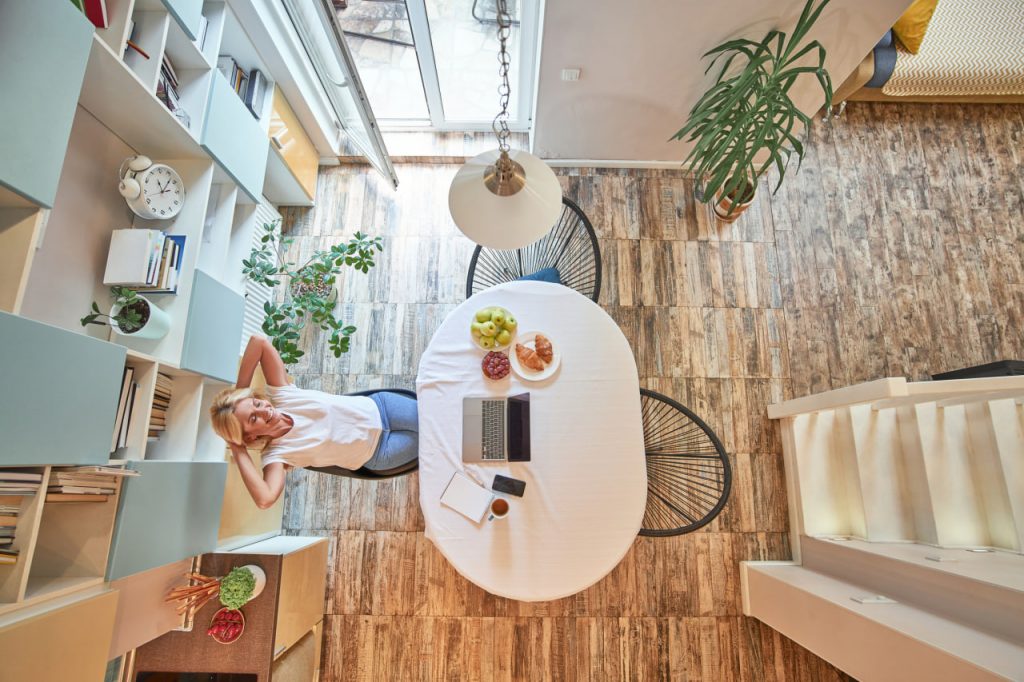Creating a harmonious shared living environment is a unique design challenge that requires balancing individual tastes with a cohesive overall aesthetic. When multiple people share a home, whether it’s roommates, family members, or partners, the design choices—especially color and decor—play a crucial role in fostering a sense of unity, comfort, and respect. Thoughtful design not only enhances the visual appeal of shared spaces but also promotes emotional well-being and smooth interpersonal dynamics. This blog explores how to intentionally use color and decor to design shared spaces that feel balanced, welcoming, and harmonious for everyone involved.
The foundation of harmonious design in shared spaces begins with selecting a color palette that appeals broadly while allowing room for personal expression. Neutral or muted base colors often serve as an excellent starting point. Shades such as soft grays, warm beiges, or gentle pastels provide a calm, versatile backdrop that unites different areas of the home. These colors tend to reduce visual noise and create a sense of spaciousness and calm, which is especially important in shared settings where multiple activities and personalities converge.
Once the base palette is established, accent colors can be introduced thoughtfully to reflect the tastes and personalities of each housemate without overwhelming the space. Choosing a limited number of complementary accent colors helps maintain cohesion while offering opportunities for personal touches. Accent colors can appear in textiles, artwork, or small decor pieces like cushions, vases, or lampshades. Coordinating these accents across shared areas ties individual preferences together into a unified visual story.
Balance and symmetry are essential when arranging decor to create harmony. Shared living rooms, dining spaces, and kitchens should feel intentionally arranged rather than chaotic or mismatched. Symmetrical layouts with paired furniture or balanced groupings of decor items create a sense of order that is visually pleasing and calming. At the same time, it’s important to maintain flexibility—allowing for some asymmetry or varied elements can prevent the space from feeling too rigid or sterile.
Layering textures and materials enhances warmth and depth in shared spaces, making them inviting and comfortable for everyone. Incorporate a mix of fabrics such as soft cushions, woven throws, natural fiber rugs, and smooth surfaces like wood or metal. Texture variation also helps soften hard lines and adds tactile interest, which can make communal areas feel more relaxed and homey.
Personalized zones within shared spaces allow each individual to express their style without disrupting the overall harmony. For example, a shared living room can include a common seating area while also featuring a dedicated corner with a favorite chair, lamp, or collection for each person. This respect for personal space fosters positive energy and reduces potential conflicts.
Lighting plays a vital role in enhancing color and decor harmony. Natural light brings out the true tones of colors and invigorates a room, so maximizing windows and using light, airy window treatments can brighten the space. Complement natural light with layered artificial lighting—overhead fixtures, task lights, and accent lamps—to create mood and functionality throughout the day. Adjustable lighting options empower shared occupants to modify the ambiance according to group or individual needs.
Artwork and wall decor are powerful tools to unify a shared home’s aesthetic while celebrating diversity. Collaborative projects, such as group-selected prints or rotating displays of individual pieces, encourage communication and connection among housemates. Choosing frames and styles that complement the overall color scheme keeps the walls visually consistent, even when the artwork varies.
Decluttering and thoughtful storage also impact the sense of harmony in shared homes. Keeping surfaces clean and organized ensures that color and decor can shine without distraction. Stylish storage solutions that fit the design aesthetic—like woven baskets, sleek shelving, or decorative boxes—help maintain order and support the space’s calm, cohesive feeling.
It’s also important to recognize that harmony is not just visual; it’s emotional and social. Engaging all residents in the design process fosters ownership and mutual respect, which naturally translates into a more peaceful shared environment. Open conversations about preferences, boundaries, and compromises help guide design choices and ensure everyone feels heard and valued.
Incorporating biophilic elements, such as indoor plants or natural materials, further enhances harmony by connecting the home to nature. Plants improve air quality and introduce refreshing green hues that balance and complement other colors. Natural materials like wood, stone, and cotton add grounding textures and warmth, reinforcing a nurturing atmosphere.

